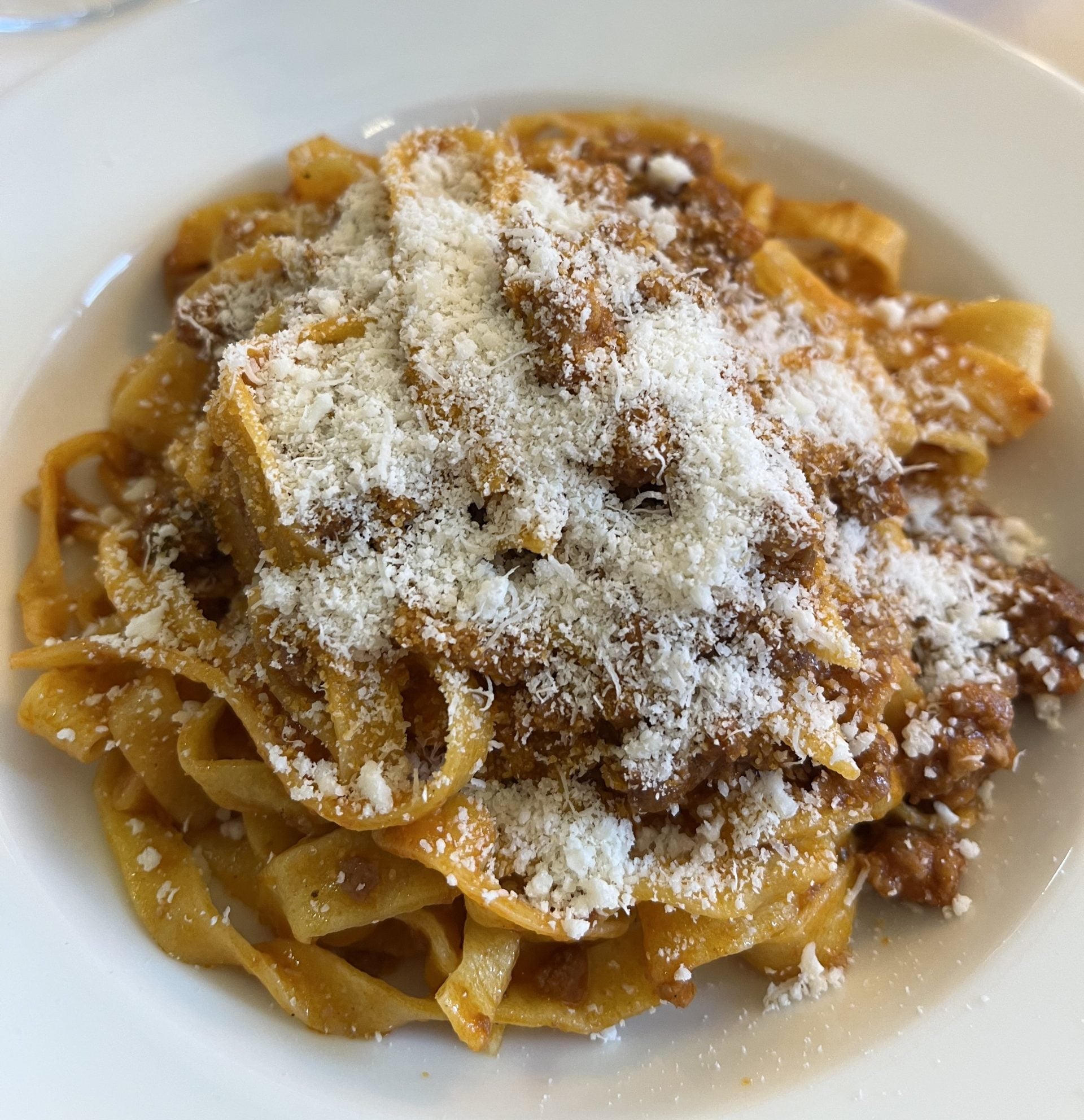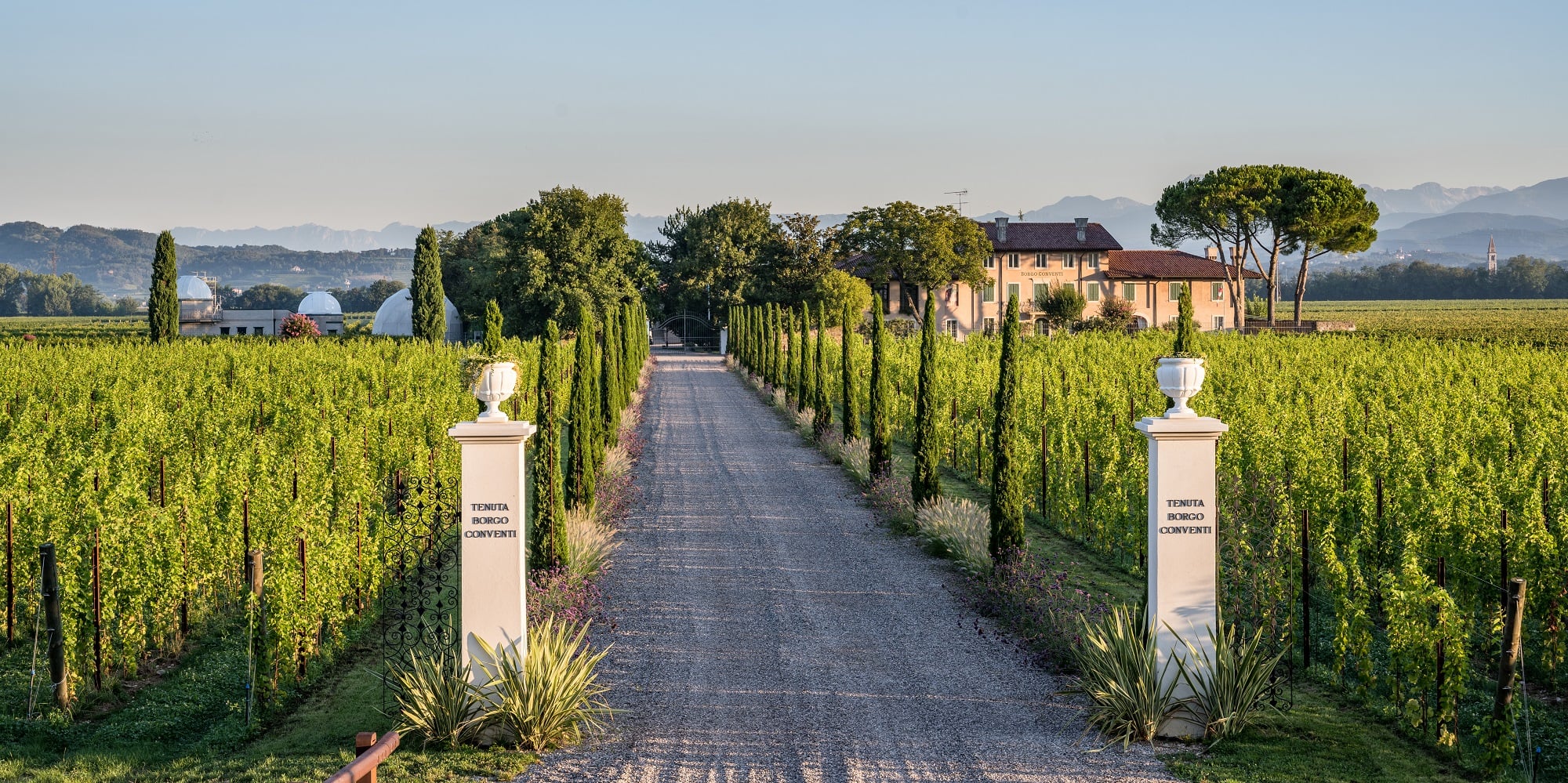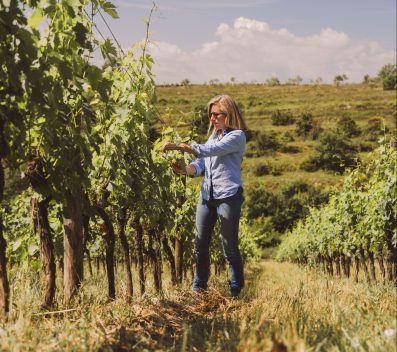The ultimate and definitive lesson about Abruzzo wine could be summed up in a saying we heard from a producer a few months ago, as we sat at a restaurant table in Pescara: "Our elders used to say that here, wine is divided into white, red, and black."
It’s easy to understand what the "white" refers to—historically Trebbiano, though today increasingly Pecorino. But the red and the black? “Black is Montepulciano, which stained the bottles and the glasses.” And the red? “The red is Cerasuolo.”
The colour of Cerasuolo d’Abruzzo. Don’t call it rosé
We all know how ill-fitting the term rosato (rosé) is for Cerasuolo d'Abruzzo (here are last year’s top-rated bottles), which, as local wisdom goes, is not a rosé at all —starting with its colour, which is precisely cerasuolo, a distinctive shade reminiscent of ripe cherries. Not by chance, the word comes from the dialect term cerasa, meaning cherry. It’s not a deep, dark red like structured reds, nor a pale rosé like those from Provence or northern Italy. It is intense, sometimes brilliant, with vibrant tones ranging from cherry pink to light ruby red—an identity-defining, recognisable hue.
The Consorzio Vini d’Abruzzo is working on a project to introduce a precise definition of colour into the Cerasuolo d’Abruzzo specifications, with the aim of protecting traditional, deeper-toned versions from lighter styles that cater to trends but distort the very concept of Cerasuolo.

Cerasuolo d’Abruzzo, the rustic imprint of Montepulciano
In our latest tasting round for the Vini d’Italia 2026 guide, we found the denomination in good shape. Compared to the recent past, there’s greater—though not yet complete— uniformity of colour, and above all, an improvement in average quality. There are more authentic Cerasuolos now, with the firm, intense, sometimes rustic stamp of Montepulciano, at the expense of those overly polished, artificial versions that taste like strawberry sweets.
The data also supports this “rosé-that-isn’t-a-rosé and red-that-isn’t-a-red”: despite a drought year, 2024 recorded over 116,000 hectolitres of Cerasuolo d’Abruzzo, compared to 95,000 in 2023—around 22% more than the previous year, which had its own challenges due to downy mildew.
Cerasuolo d’Abruzzo is one of those wines that first speaks to its own land—loved almost viscerally and instinctively by the Abruzzesi themselves. Perhaps because it is so versatile, a fil rouge (though not too red) able to reconnect the two souls of the region—not just geographically, but anthropologically too: mountain and coast.
We’ve said it before and we’ll say it again: in its traditional forms, Cerasuolo is a wine that has all it needs to succeed in the immediate future. It has the rare gift of substance and vigour—qualities that come from the grape variety itself—in a lighter, more agile form, capable of blending depth with authenticity.
To find out which ones we liked best, you’ll have to wait for the next edition of the Vini d’Italia guide, out in October.


 2025 was the year of Trump's tariffs – will 2026 be better for Italian wine in the US?
2025 was the year of Trump's tariffs – will 2026 be better for Italian wine in the US? Italian cuisine recognised by UNESCO
Italian cuisine recognised by UNESCO Where is English sparkling wine going?
Where is English sparkling wine going? Why Borgo Conventi's Luna di Ponca should be on your radar
Why Borgo Conventi's Luna di Ponca should be on your radar Why Parmigiano Reggiano is about to become a Hollywood star
Why Parmigiano Reggiano is about to become a Hollywood star





